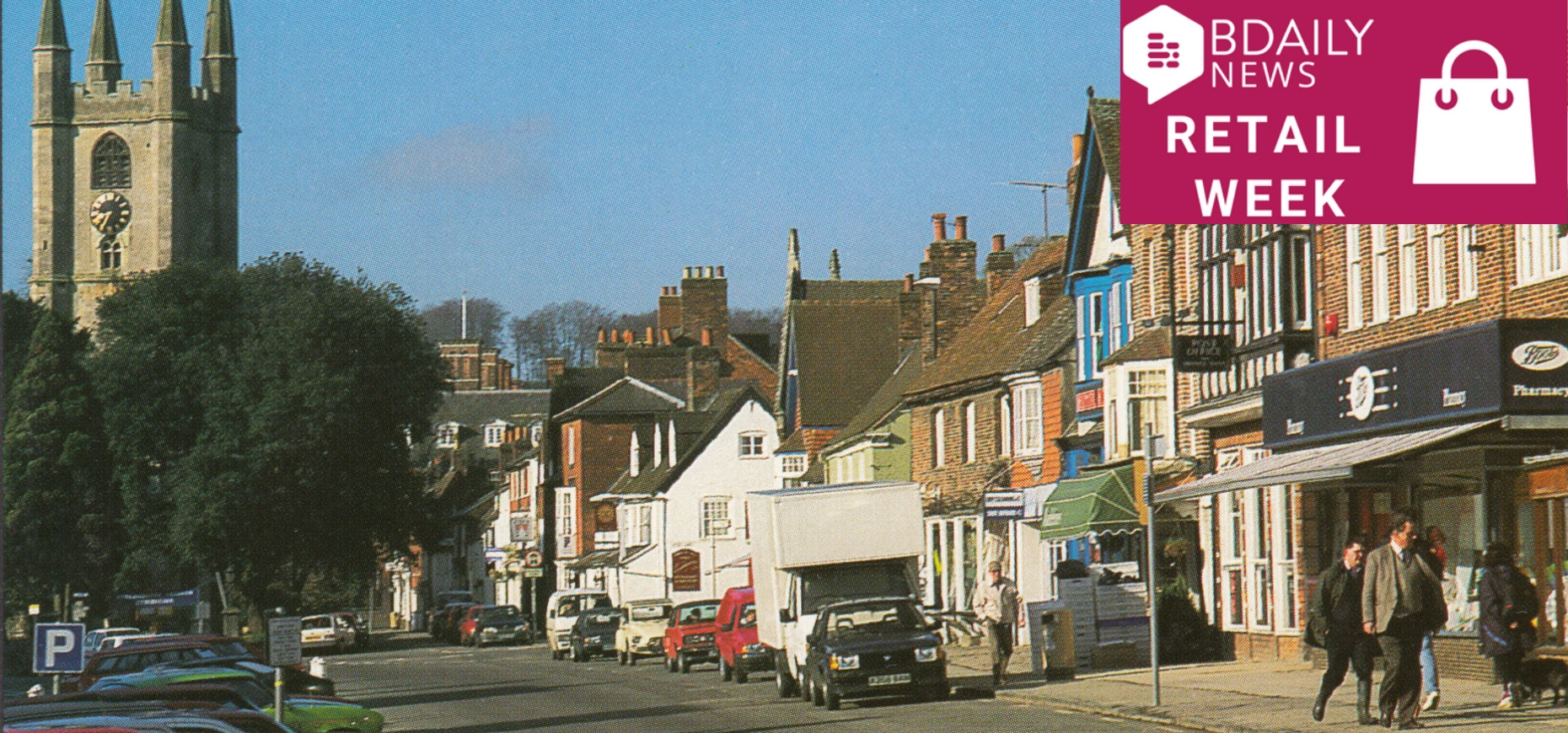
The evolution of the high street: 1999 vs 2021
The world of retail was an immensely different beast before the turn of the millennium, with the high street occupied with all manner of businesses that have since given way to successors both on and offline.
The crux of this comparison is that of supermarkets, whose presence dominates our daily spending habits and rituals. And notable among them, Safeway was a key player in the supermarket game, being founded in 1962 by an American chain of the same name.
In 1987, Safeway Inc. sold Safeway Food Stores to Argyll Foods for a total of £681m. Changing hands once more in 2004, the then-Northern based Morrisons purchased the company for £2.9bn before the brand ultimately disappeared from the UK in 2005.
All the while, the battle for supermarket supremacy was fought from sides Asda, Sainsbury’s, and Tesco, with Tesco becoming the market leader ahead of previous champion Sainsbury’s in 1995.
If you were in the mood for some entertainment on your 1999 shopping trip, a likely stop would have been the prolific Blockbuster. The home video and game rental store was founded in 1985 in Dallas, Texas, before venturing overseas to open 368 stores in the UK.

The company subsequently went into administration in 2013, which could largely be attributed to the rise of streaming services such as Netflix. However, Blockbuster were, in fact, pioneers in the space of embracing the online business model, with the company introducing an online rental service all the way back in 2004.
Say you forgot to pick up some sweets to enjoy with your film for the evening in Blockbuster, you needn’t look further than highstreet staple Woolworths. With over 800 stores nationally, the store dealt in variety, selling books, video games, stationery, and, of course, an iconic pick ‘n’ mix selection.

Rounding out the 1999 high street selection, Littlewoods was a nationally operating catalogue retailer with 119 stores, which gradually reduced beginning in 1996. In 2002, the Moores family who originated the brand, sold the rights to David and Frederick Barclay for £750m.
In 2005, Littlewoods closed the remainder of its stores, 40 of which were sold to clothing retail giant Primark, who now has a colossal highstreet presence.
For every retailer that has since left the highstreet, there are analogues which remain competitive. For example, Woolworths may have departed the highstreet, but the void its exit created has been filled by stores like Wilko and WH Smith, who operate on those same principles of variety.
Moreover, there are physical alternatives to online giants such as the aforementioned Netflix, with HMV still trading 8 years on from its going into administration in 2013 and 100 years on from its initial founding, proving there is life yet in the trade of physical media.
Ultimately, the highstreet of 2021 may look vastly different to its 1999 counterpart, but consumers still have access to all of the services and products that were available to them 22 years ago. Even with online retail taking centre stage as of late, the future of the highstreet appears challenging, but far from hopeless.
Looking to promote your product/service to SME businesses in your region? Find out how Bdaily can help →
Enjoy the read? Get Bdaily delivered.
Sign up to receive our popular morning National email for free.








 How to make your growth strategy deliver in 2026
How to make your growth strategy deliver in 2026
 Powering a new wave of regional screen indies
Powering a new wave of regional screen indies
 A new year and a new outlook for property scene
A new year and a new outlook for property scene
 Zero per cent - but maximum brand exposure
Zero per cent - but maximum brand exposure
 We don’t talk about money stress enough
We don’t talk about money stress enough
 A year of resilience, growth and collaboration
A year of resilience, growth and collaboration
 Apprenticeships: Lower standards risk safety
Apprenticeships: Lower standards risk safety
 Keeping it reel: Creating video in an authenticity era
Keeping it reel: Creating video in an authenticity era
 Budget: Creating a more vibrant market economy
Budget: Creating a more vibrant market economy
 Celebrating excellence and community support
Celebrating excellence and community support
 The value of nurturing homegrown innovation
The value of nurturing homegrown innovation
 A dynamic, fair and innovative economy
A dynamic, fair and innovative economy